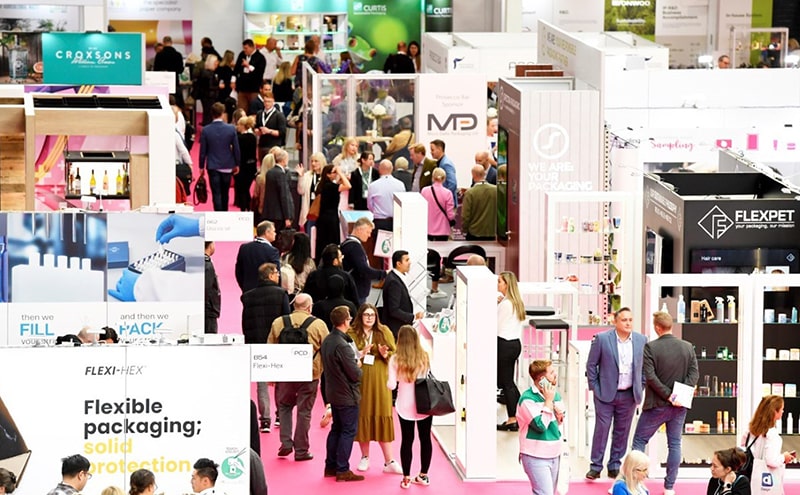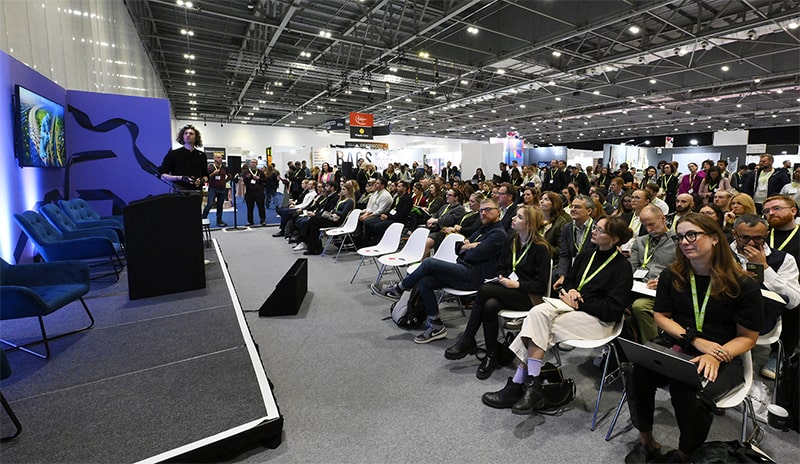
The 15th edition of London Packaging Week, held October 15–16, 2025 at ExCeL London, has concluded with a notable surge in attendance, high-caliber exhibitors, and thought-provoking discourse on the future of packaging. With over 200 suppliers on display and 85+ speakers across four verticals (Luxury, Beauty, Premium Drinks, FMCG), the event reinforced its position as a pivotal annual moment for design, material innovation, and regulatory alignment.
In this article, we summarize the event’s highlights, key data, standout voices, and include a manufacturer’s perspective on tinplate packaging.

| Metric | Value / Highlight | Notes / Source |
|---|---|---|
| Number of suppliers / exhibitors | 200+ | The show reportedly featured “over 200 suppliers” exhibiting new solutions and materials. |
| Number of conference speakers | 85+ | The agenda expanded by 27 new speakers, bringing the total to more than 85. |
| Vertical tracks / sectors | 4 | Luxury, Beauty, Premium Drinks, FMCG / Food & Consumer. |
| Supplier Gallery / Innovation Awards | 10 projects showcased; winners announced Oct 16 | The Supplier Gallery continues as a curated showcase of the ten most innovative packaging solutions. |
| Report / market insight partner | Smithers (exclusive trends report) | The event released a Smithers-partnered report with macro trends for the packaging industry. |
Sustainability was not a side topic — it was central. Many speakers and exhibitors tied their narratives to regulatory pressure and circular economy goals. Key regulatory reference points included:
The EU’s Packaging and Packaging Waste Regulation (PPWR), effective from February 2025, which mandates that all packaging must be recyclable by 2030.
The increasing role of Extended Producer Responsibility (EPR) schemes in the UK and EU, pushing brands upstream to optimize material choices, recyclability, and lifecycle accounting.
The Defra / PackUK / Food & Drink Federation clinic and government session on October 15, offering one-on-one consultations on packaging policy, EPR, and deposit return schemes.
Multiple presenters emphasized that compliance must now be built into concept design, rather than treated as an afterthought.
The show floor and Supplier Gallery highlighted many cutting-edge material and design stories. Some standout announcements:
James Cropper launched its Coloursource dyed-in-fiber uncoated paper portfolio — over 50 heritage shades — positioning the company not just as a paper mill but a creative partner.
Other exhibitors put forward compostable films, mono-material solutions, and bio-based materials to meet rising demands for performance and circularity. (Reported in general show coverage)
The Supplier Gallery featured ten standout projects representing breakthrough packaging ideas, including biomaterials, novel dispensing systems, and hybrid materials
Beyond materials, several sessions pushed boundaries on how packaging interacts with people, not just products:
A new panel, “Inclusive by Design: Transforming packaging for all consumers”, explored how accessibility, usability, and universal design principles can be integrated into packaging strategy.
In the Beauty & Drinks track, “Built for Better: Packaging that builds consumer trust” highlighted how sustainability messaging, transparency, and social values are now integral to brand-consumer relationships.
The intersection of digital and physical came up repeatedly, with speakers citing connected packaging, digital product passports, and traceability as both regulatory enablers and brand differentiators. (Inferred from trend coverage)

Josh Brooks (Easyfairs, Divisional Director – Packaging)
“From sustainability pressures to new regulations and the growth of e-commerce, the industry is entering a decade of transformation – and the opportunities for innovation are immense.”
He also described London Packaging Week as “where design, innovation, and policy collide.”
Paul Barber (Managing Director, James Cropper)
Celebrated the Coloursource launch and emphasized the shift from “manufacturer” to “collaborative creative partner.” He also flagged regulatory compliance, supply chain traceability, and young talent pipelines as key industry challenges.
Event Organizers / Conference Leads
In the lead-up, organizers announced adding 27 new speakers to bring the conference roster to over 85, reinforcing their ambition to deliver the deepest agenda in the show’s 15-year history.
Speakers spanned heavyweights such as Nestlé, L’Oréal, Diageo, Microsoft, as well as designers like Frank Stephenson.
One way to underscore the evolution of London Packaging Week is to compare key metrics and themes across time. Below is a simple comparative table:
| Year / Edition | Exhibition Scale | Conference / Speakers | Dominant Theme(s) | Notes |
|---|---|---|---|---|
| 2010 (first LPW) | Modest, mainly UK exhibitors | Smaller conference | Functionality, print & packaging basics | E-commerce nascent, sustainability fringe |
| 2020s (recent) | ~180–200 suppliers | ~70–80 speakers | Sustainability, circular design, digitalization | Stronger global participation |
| 2025 (15th edition) | 200+ suppliers | 85+ speakers | Regulatory alignment, material innovation, inclusion & traceability | Marked milestone, deeper agenda |
From 2010 to 2025, the show has progressively grown not just in size, but in strategic depth — shifting from a trade expo to a crossroads of regulation, material innovation, and human-centered design.
Although public reports from London Packaging Week 2025 mainly focused on packaging design, sustainable materials, and brand-driven innovation, specific discussions on metal and tinplate packaging were relatively limited. However, from a tin packaging manufacturer’s perspective, the event still offered clear signals for the metal packaging industry.
Tinplate remains a core material in circular packaging, valued for its recyclability, strength, and premium texture. The sustainability agenda and new regulatory frameworks highlight tinplate’s advantages in closed-loop recovery and lifecycle traceability. To stay competitive, manufacturers should continue refining lightweighting, surface coating, and digital traceability technologies, while shifting from raw-material suppliers to creative partners supporting brand owners in achieving both design and compliance goals.